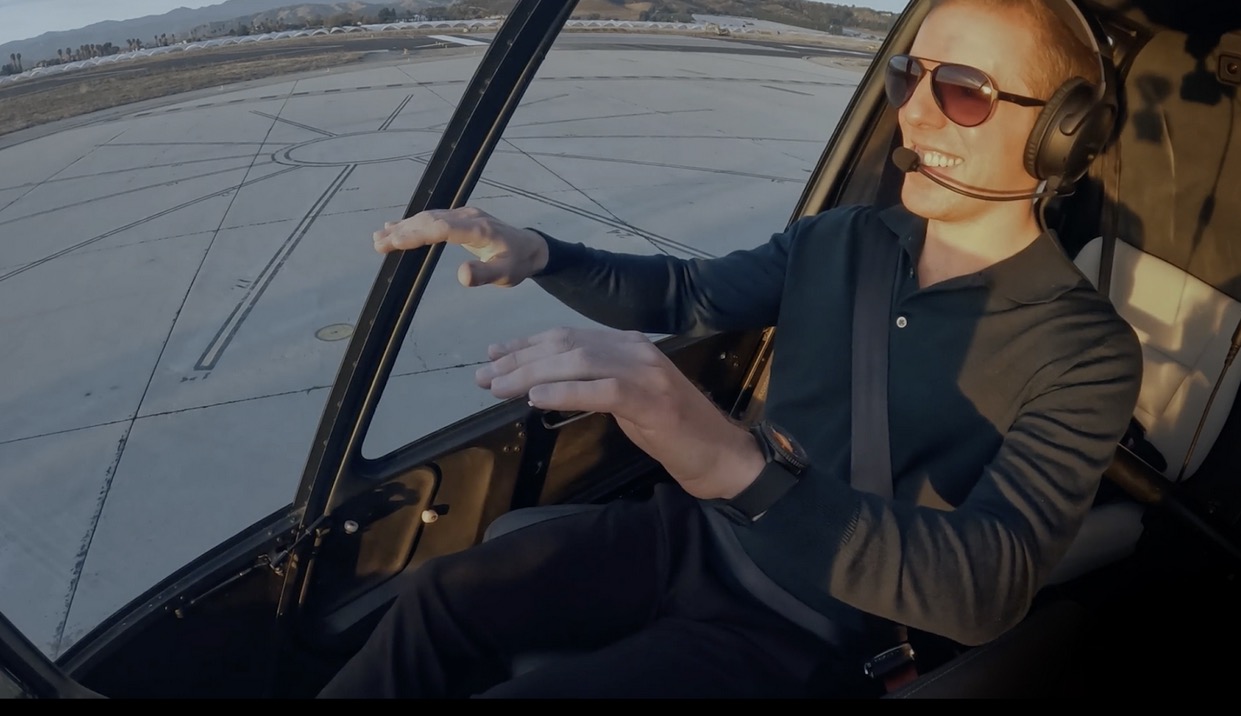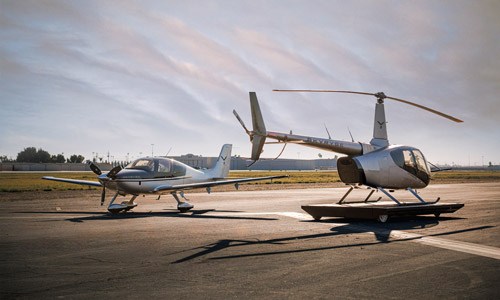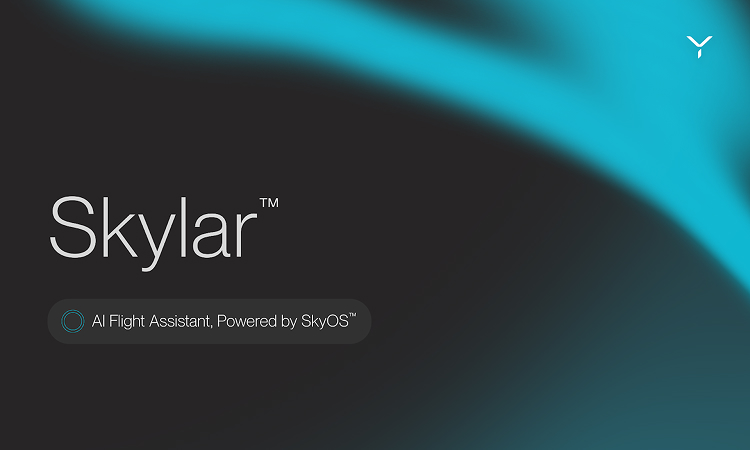Why Autopilot Won’t Fix Aviation’s Safety Problem

When autopilot was first invented decades ago, it was designed to relieve a qualified person from the flight controls while cruising from point to point. Because most autopilot systems leave pilots with fewer tasks to do in a cockpit, the conventional wisdom is that they make pilots safer. But do they?
Even with widespread adoption of autopilot systems, over 1,200 accidents still occur throughout general aviation within the United States every year (Source: Bureau of Transportation Statistics).
There are plenty of reasons why the accident rate – and subsequently the fatality rate – is so high in general aviation, but one of the primary factors is technological capability.
In general aviation aircraft, autopilot systems are mechanically attached to traditional aircraft flight controls that would otherwise require constant human manipulation; although these systems relieve the pilot from making inputs for short periods of time, they lack the capability to ensure the pilot remains in a safe profile. It’s no different than cruise control—drivers can take their foot off the pedal, but it does not make the operation of the vehicle any safer. And like cruise control, they have very limited operational capability when they work.
Autopilot systems were never designed to supercharge a human into becoming a pilot. Many of them receive commands by asking pilots to utilize a three-letter abbreviation disparate from anything used in our everyday lives (HDG = Heading; IAS = Indicated Air Speed; FLC = Flight Level Change, etc.). They take a pilot’s eyes from scanning outside to staring inside at various screens. They don’t behave intuitively, turning left or right or going up and down for unknown reasons; an autopilot’s idea of two-way communication is a kill switch.
Autopilot systems also have single points of failure—when they encounter a form of adversity (e.g., turbulence or a mechanical failure) they will, without adequate warning, shut off and hand the aircraft back to the pilot for them to handle what is likely a precarious situation.
We believe there’s a better way. And that way is autoflight systems, available through SkyOS.
Autoflight vs. Traditional Autopilot
As part of our fly-by-wire technology stack, our operating system for flight was designed to address the limitations of traditional autopilot systems. Our first helicopter, Skyryse One, features an autoflight system that does not rely on a traditional autopilot, which means:
- There is no single point of failure: Almost all aircraft autopilot systems in general aviation are single-threaded, meaning they have single points of failure, with an expected failure rate, and are backed up during failure by a pilot flying manually. Often, autopilot failures directly cause an upset when a sensor or servo fails, and leaves the pilot to recover from the unusual attitude. Equally as often, the pilot must recover in clouds, icing, or turbulence. Unlike a single-threaded aircraft autopilot, SkyOS has a full authority triply-redundant fly-by-wire architecture. Skyryse One gives the pilot a stable flight in all phases, from takeoff to landing, and in challenging conditions including turbulence, low visibility, and crosswinds. The stability of heading, altitude, and vertical speed is always guaranteed, to a level only seen in the most modern commercial or military aircraft.
- Accessible, Clear Labeling: Unlike the cryptic codes in autopilot, SkyOS is clearly labeled and identified for pilots of all skill levels. Skyryse One uses arrows to tell the pilot what it is doing before it does it, using plain English like Speed, Heading, and Altitude, so pilots are never second-guessing the system.
- Modern Controls with Intuitive Design: Almost every autopilot system is using antiquated control panels—with complicated knobs and buttons—that have existed for half a century. Often pilots have to check another display to determine if they have activated the proper control. With SkyOS, the touch control to activate an autoflight function is also the indicator, avoiding any confusion. Pilots can easily select desired targets directly on the indicators, or use a plain language entry tab. And unlike traditional autopilots, upon activation, SkyOS utilizes current flight parameters to determine pilot intent, making it very intuitive and easy to learn.
- Full Coverage: Aircraft autopilot systems often have a number of methods for disengaging, but SkyOS is a flight operating system that’s running throughout flight. Autopilot systems are not designed to function through all phases of flight, particularly some instances of turbulence, as they are literally meant to be overpowered. Autopilot systems are reliant on human agency to determine when they may not be doing as told (the systems do not provide guarantees).
- Offers Dynamic Envelope Protection: Similar to any other fly-by-wire commercial aircraft, Skyryse One provides complete, dynamic envelope protection of the aircraft at all times. SkyOS won’t allow Skyryse One to get into a position where straight and level recovery is needed. When no autoflight functions are engaged, if the pilot simply lets go of the control stick, SkyOS will return to straight and level flight, maintain the heading, and fly the commanded vertical speed, all within the safe envelope. No extra buttons to push.
- Inherent Stability: All autopilot systems in general aviation are prohibited from use during takeoff and landing when the aircraft is below a prescribed altitude, typically 400 feet above the ground. This is because autopilots and any envelope protection they offer is inherently too unreliable. That means stability becomes entirely a pilot’s responsibility during the most critical phases of flight.
- Eliminates the Need for Automatic Trim: Automatic trim is available in modern autopilot systems but isn’t needed on SkyOS, as it is a full authority fly-by-wire autoflight system that manages actuation of the flight surfaces at all times.
- Autoland: Autoland features are an emergency procedure, but most conventional autopilot systems may only use autoland features in the most dire of circumstances, like an incapacitated pilot. As of this writing, the amount of times autoland has been executed in the field is zero. Contrast this with Skyryse One, which, thanks to SkyOS, was engineered so that any pilot, person, or passenger can fly an aircraft by touching only a few buttons on one interface.
Unlike autopilot, autoflight systems like SkyOS never need to be overpowered. Autoflight will not fail and leave the pilot to recover, allowing pilots to count on autoflight through all phases of flight.
With Skyryse One, for one of the few times in aviation, pilots are actually ahead of the aircraft at all times, not behind it.




